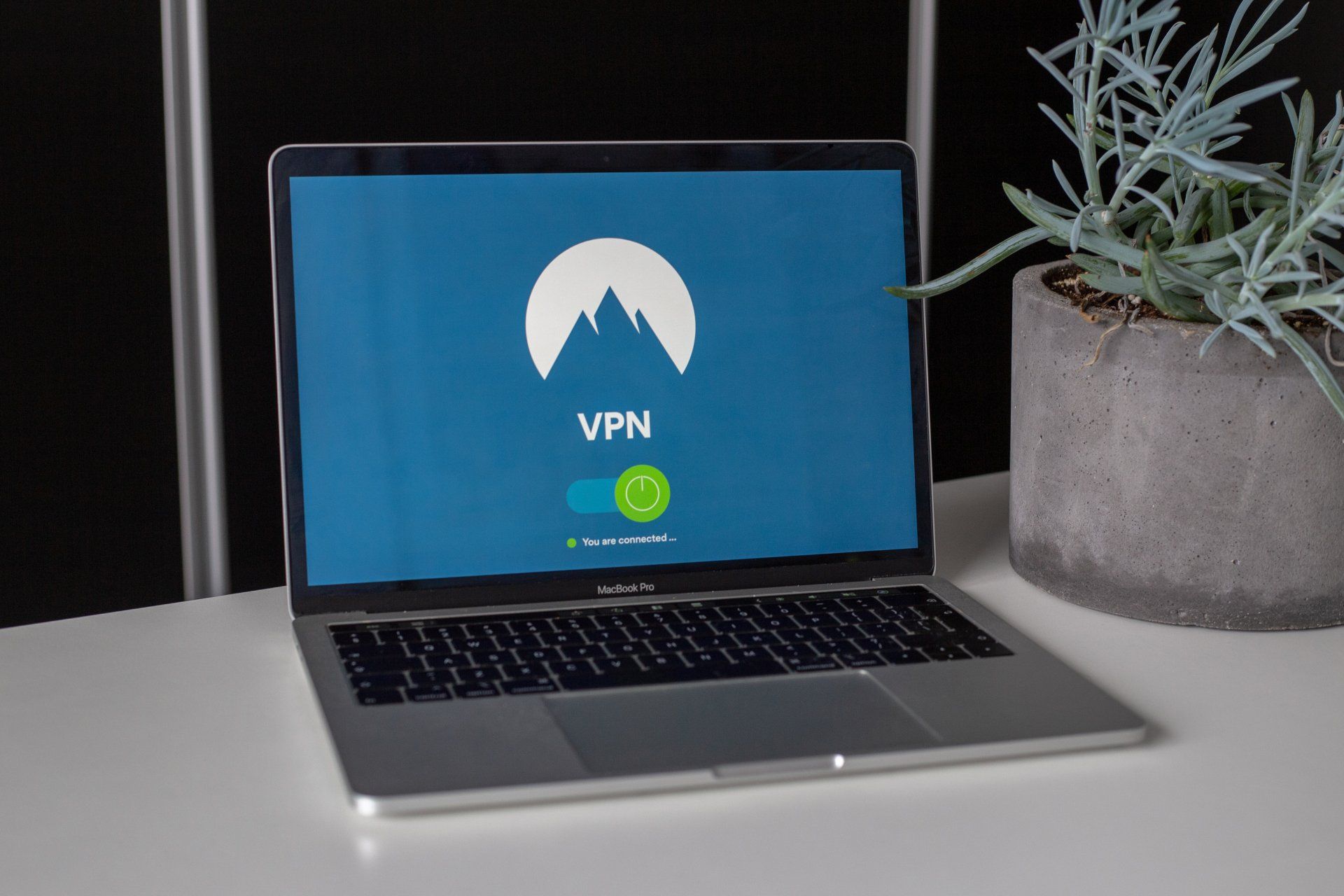Software Supply Chain Security
Ensuring the Integrity of Software Supply Chains: A Deep Dive into Software Supply Chain Security
In today's digitally driven world, software serves as the backbone of numerous industries, underpinning everything from critical infrastructure to daily consumer applications. However, this increasing reliance on software also brings about a heightened need for robust security measures, especially within the intricate web of processes known as the software supply chain. Software supply chain security encompasses a series of practices, protocols, and technologies designed to safeguard the creation, distribution, and deployment of software. In this comprehensive exploration, we delve into the intricacies of software supply chain security, unraveling its key components, challenges, and the crucial role it plays in fortifying the digital realm against a rising tide of cyber threats.
Understanding the Software Supply Chain
The software supply chain can be likened to a relay race, where various teams contribute to the creation, enhancement, and delivery of a software product. Starting with developers who write the code, the process proceeds through integration, testing, packaging, and ultimately distribution to end-users. Each stage introduces potential vulnerabilities, making it imperative to scrutinize and secure every link in the chain.
The Vulnerabilities Within
- Third-Party Dependencies: Modern software often relies on a multitude of third-party libraries and components. If any of these are compromised, it can have a cascading effect on the overall security of the software.
- Build Environments: The environment in which software is built can introduce vulnerabilities. A compromised build system could lead to the incorporation of malicious code or unauthorized modifications.
- Code Repositories: Repositories housing source code can be targeted by attackers. Unauthorized access or manipulation of code repositories can lead to the injection of malicious code.
- Distribution Channels: Software distribution channels, such as app stores or update servers, can be points of compromise. Malicious actors might replace legitimate software with tampered versions.
- Lack of Transparency: In many cases, there may be a lack of visibility into the processes and practices of third-party suppliers, making it difficult to assess their security measures.
Implementing Security Measures
To fortify the software supply chain, a multi-faceted approach is essential, integrating a range of strategies and technologies.
1. Code Signing:
Code signing involves digitally signing software with a cryptographic key. This verifies the authenticity and integrity of the code, ensuring that it hasn't been tampered with during transit.
2. Dependency Scanning:
Automated tools can scan software dependencies to identify any known vulnerabilities. By regularly updating and patching these dependencies, organizations can mitigate potential risks.
3. Secure Build Environments:
Ensuring that the environment in which software is built is secure is crucial. This involves implementing access controls, regular security audits, and using trusted build tools.
4. Continuous Integration and Continuous Deployment (CI/CD):
CI/CD pipelines enable automated testing and deployment of code. Integrating security checks into these pipelines helps catch vulnerabilities early in the development process.
5. Access Controls and Authentication:
Implementing strict access controls ensures that only authorized individuals have the ability to modify code or access critical systems.
Navigating the Challenges
Despite the evident importance of software supply chain security, several challenges persist.
1. Third-Party Risks:
Relying on third-party components introduces an element of trust. Verifying the security practices of all suppliers can be a complex and time-consuming endeavor.
2. Limited Visibility:
In some cases, organizations may have limited visibility into the security practices of their suppliers, particularly if they are part of a larger chain of vendors.
3. Rapid Development Cycles:
In the fast-paced world of software development, security measures must be integrated seamlessly without impeding the development process.
4. Regulatory Compliance:
Adhering to industry-specific regulations and compliance standards adds an additional layer of complexity to supply chain security efforts.
Conclusion
In an era where cyber threats continue to evolve in sophistication and scale, safeguarding the software supply chain is paramount. By implementing a comprehensive security strategy that spans every stage of the development and deployment process, organizations can fortify their digital assets against potential breaches. Through a combination of vigilant practices, robust technologies, and a proactive stance towards potential vulnerabilities, the integrity of the software supply chain can be assured, paving the way for a more secure digital landscape.




